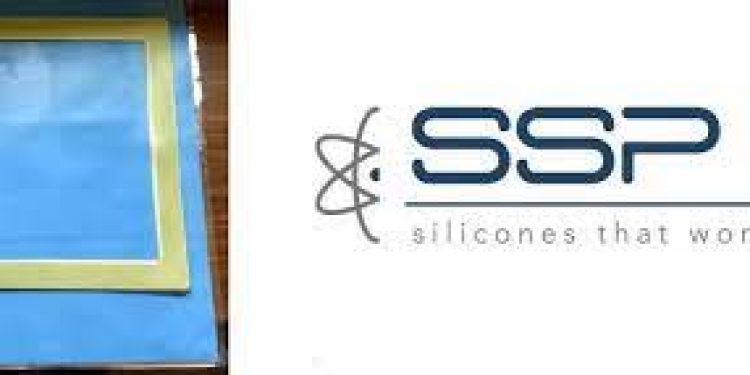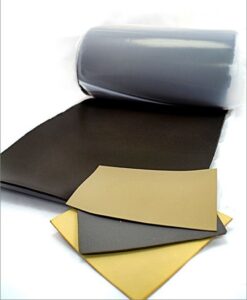SSP’s Molded EMI Frame Gasket Study explains a defense contractor reduced material waste and saved time and money.
Frame gaskets for EMI shielding are flat, four-sided parts with an open area in the middle. Whether they’re square or rectangular, these gaskets resemble a picture frame and are made of particle-filled silicones that provide shielding against electromagnetic interference (EMI). Although some EMI frame gaskets are small enough to hold in your hand, others are so large that they’re difficult and expensive to fabricate.
Typically, there are two ways to make these very large EMI frame gaskets. The first is to cut the sides of the gasket from EMI silicone sheets and then bond the edges together with an electrically-conductive adhesive. That process is labor-intensive, however, and it can cause tolerance issues in the corners. The second option is to mold the gasket in a single piece, but molding large parts has its own challenges.
As this case study explains, Specialty Silicone Products (SSP) helped a defense contractor who needed very large EMI frame gaskets to find a novel solution that solved these problems and was also cost-effective.
Molded EMI Frame Gaskets Overcome Challenges
The defense contractor needed EMI frame gaskets that were so large that they couldn’t be cut from a single sheet of material. To create early-stage prototypes, sections were cut from fully-molded sheet stock and then bonded together with a conductive adhesive. The entire process was time-consuming, and the adhesive was messy. The bonding also produced raised bumps at the bond point, and these bumps were so high that the material’s thickness was now out-of-spec. The prototypes were good enough for testing, but not for production.
The defense contractor searched for larger sheeting but couldn’t find a standard sheet size that was big enough. A supplier offered to mold custom sheets, but the price was extremely expensive. Plus, cutting the EMI frame gasket from this custom sheet would waste all of the material in the material. In fact, over 85% of the expensive silver-filled EMI elastomer would be discarded.
Reframing the Problem to Find a Solution
As the picture that accompanies this article shows, SSP created a “frame mold” that’s slightly oversized. This degree of oversize enabled the customer to cut (rather than mold) the final part, but while using so much less material that the savings amounted to hundreds of dollars per gasket. In addition to eliminating excessive and expensive waste, SSP’s solution also eliminated the need to adhesively bond the corners.
When you’re using expensive materials like silver-filled EMI elastomers, it’s worth reframing any fabrication challenges that you face. With very large EMI frame gaskets, SSP found an innovative solution – and it’s more proof that we help our customers find the most cost-effective way to get what they need. To learn more, contact SSP online or email Dominic Testo, SSP’s Business Development Manager.
P.S. The solution in this case study also applies to thick fluorosilicone frame gaskets to MIL-DTL-25988, and to MIL-DTL-83528 gaskets for EMI shielding that are made of silver-aluminum, silver-copper, and nickel-aluminum fillers.





